We may earn money or products from the companies mentioned in this post. This means if you click on the link and purchase the item, I will receive a small commission at no extra cost to you ... you're just helping re-supply our family's travel fund.

Hunting across the United States is a time-honored tradition deeply tied to conservation, wildlife balance, and adventure. Every region offers distinct species, terrain, and climates that shape its hunting culture. From the hardwood forests of the Northeast to the alpine ridges of the Rockies, the diversity is unmatched. This guide helps travelers understand prime hunting windows, average success rates, and unique local rules, ensuring every trip is safe, lawful, and rewarding.
1. Northeast Region

The Northeast, spanning from Maine to Pennsylvania, is famed for its white-tailed deer population of over 5.2 million. Deer season generally runs from late October to mid-December, with archery starting earlier in September. Turkey and black bear hunts attract many visitors, while Maine’s North Woods and New York’s Catskill ranges provide ideal terrain. Average hunter success rates hover near 35% for deer and 20% for turkey. The dense woodlands and rolling hills offer a classic fall hunting experience steeped in tradition.
2. Southeast Region

Covering states like Georgia, Alabama, and Florida, the Southeast offers the nation’s longest deer season, lasting up to 120 days in some zones. The region’s mild winters allow for comfortable hunts from October through January. Wild boar and turkey populations thrive here, with Florida alone hosting over 500,000 feral hogs. Public lands like the Apalachicola National Forest grant broad access, while average deer success rates near 40%. The warm climate and abundant game make it a hunter’s paradise year-round.
3. Midwest Region
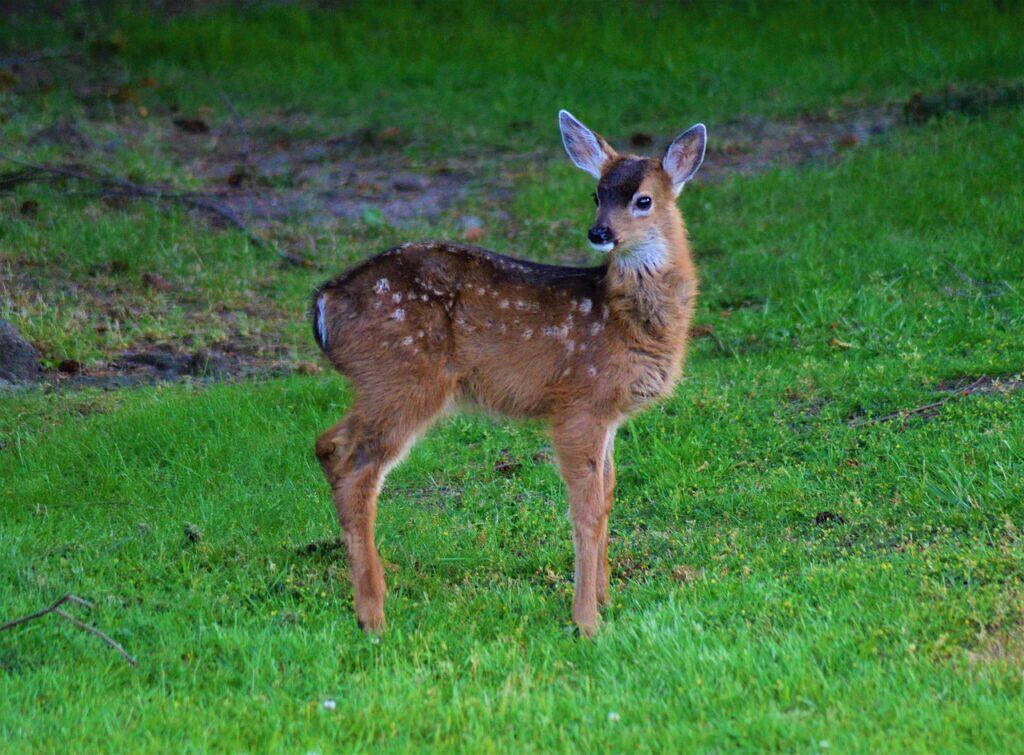
The Midwest, stretching from Ohio to the Dakotas, is considered the heart of American deer hunting, home to roughly 11 million white-tailed deer. Peak firearm season typically falls in November, aligning with the rut. Hunters enjoy success rates exceeding 45% in states like Iowa and Wisconsin. The region’s fertile fields also support robust pheasant, waterfowl, and turkey populations. Public hunting lands exceed 2 million acres, making it one of the most accessible and productive regions in the country.
4. Southwest Region
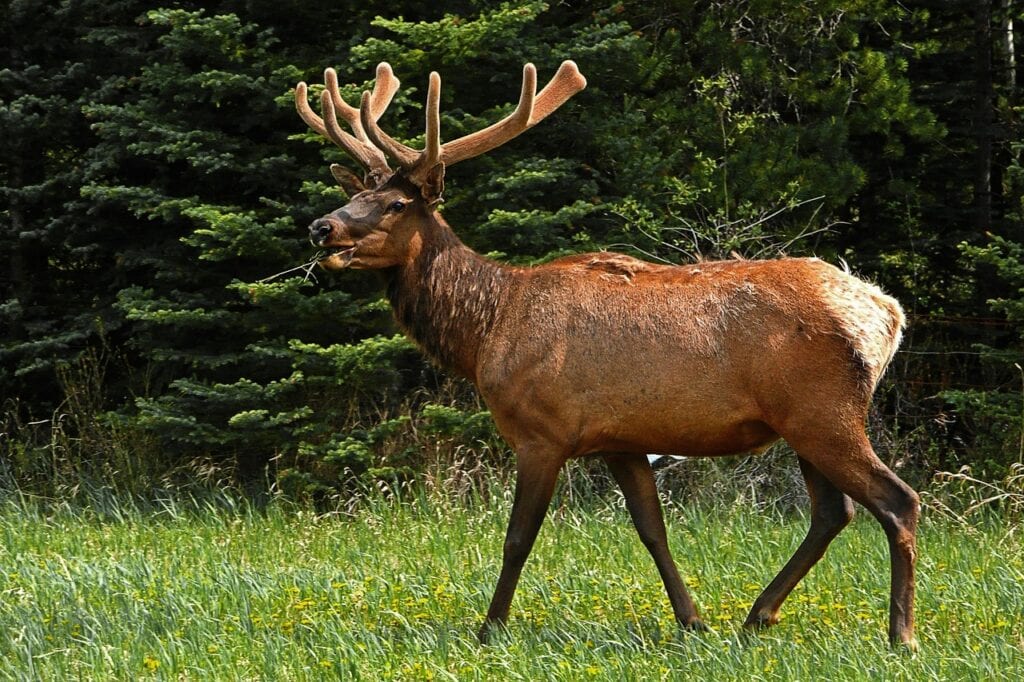
The rugged Southwest; Arizona, New Mexico, and parts of Texas offers challenging hunts for mule deer, elk, and javelina. Seasons generally run from October through February, with elk tags often requiring entry into limited draws due to high demand. Texas leads with an estimated 5.4 million deer, the most in the U.S. Public access is more limited, but vast private ranches and 13 million acres of public hunting land in Arizona and New Mexico keep opportunities abundant. Hunters here favor spot-and-stalk methods in the desert terrain.
5. Rocky Mountain Region
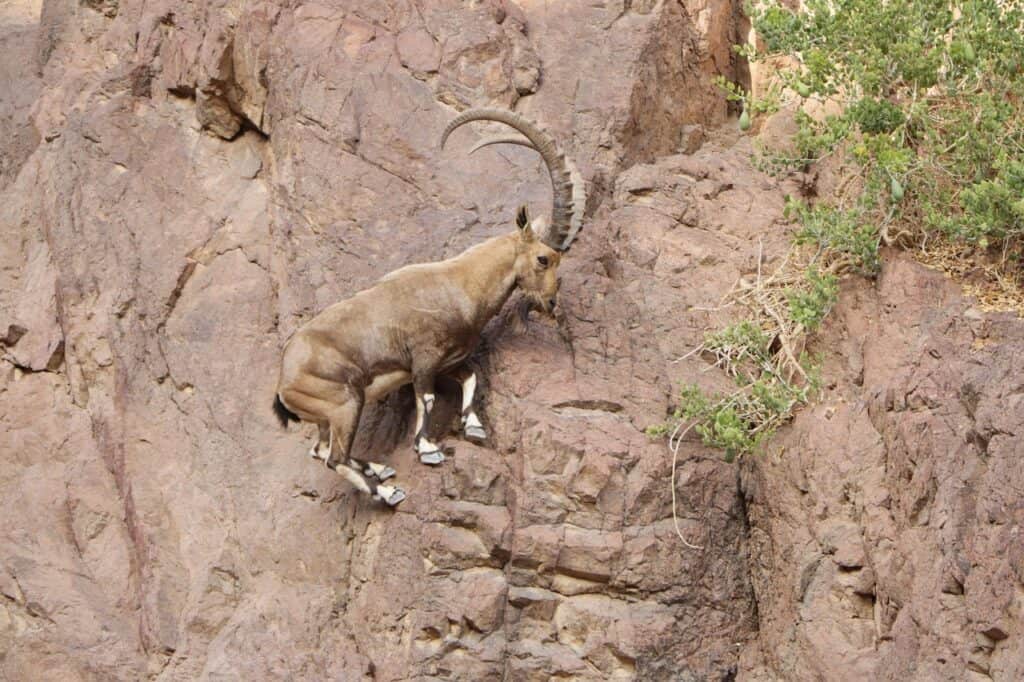
The Rocky Mountains, spanning Colorado, Montana, and Wyoming, are home to iconic big-game species; elk, bighorn sheep, and mountain goats. Colorado alone supports about 280,000 elk, the largest herd in North America. Seasons begin with archery in early September and extend through late November. Roughly 23 million acres of public hunting land make access exceptional. Success rates average 20–25% for elk and 40% for deer. The steep altitudes and unpredictable weather demand stamina and careful preparation.
6. Pacific Northwest
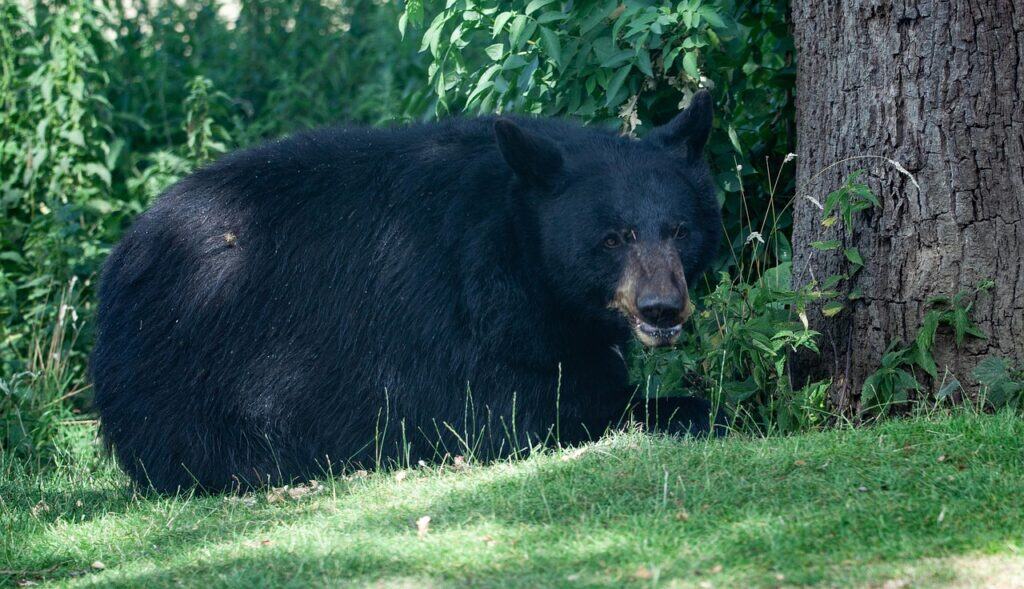
Encompassing Oregon, Washington, and Idaho, the Pacific Northwest blends temperate rainforests with volcanic mountains. Hunters here pursue Roosevelt elk, black-tailed deer, and black bears, with main seasons from August through December. Oregon’s annual deer harvest surpasses 170,000 animals, and elk success rates average 18%. Over 30 million acres of public land are open to hunters. The region’s unpredictable rain, steep slopes, and dense vegetation create both challenge and beauty for those who venture in.
7. Great Plains Region

The Great Plains; Nebraska, Kansas, and the Dakotas are known for vast grasslands and premier upland bird hunting. Pheasant harvests exceed 1 million birds annually in South Dakota alone. Deer seasons generally fall between November and December, while archery opens as early as September. Mule deer, pronghorn, and wild turkey are also plentiful. More than 4.5 million acres of public hunting land, including “Walk-In Areas,” make access easy. Success rates for deer average 35–45%, rewarding those who brave the open winds.
8. Alaska and Northern Frontier
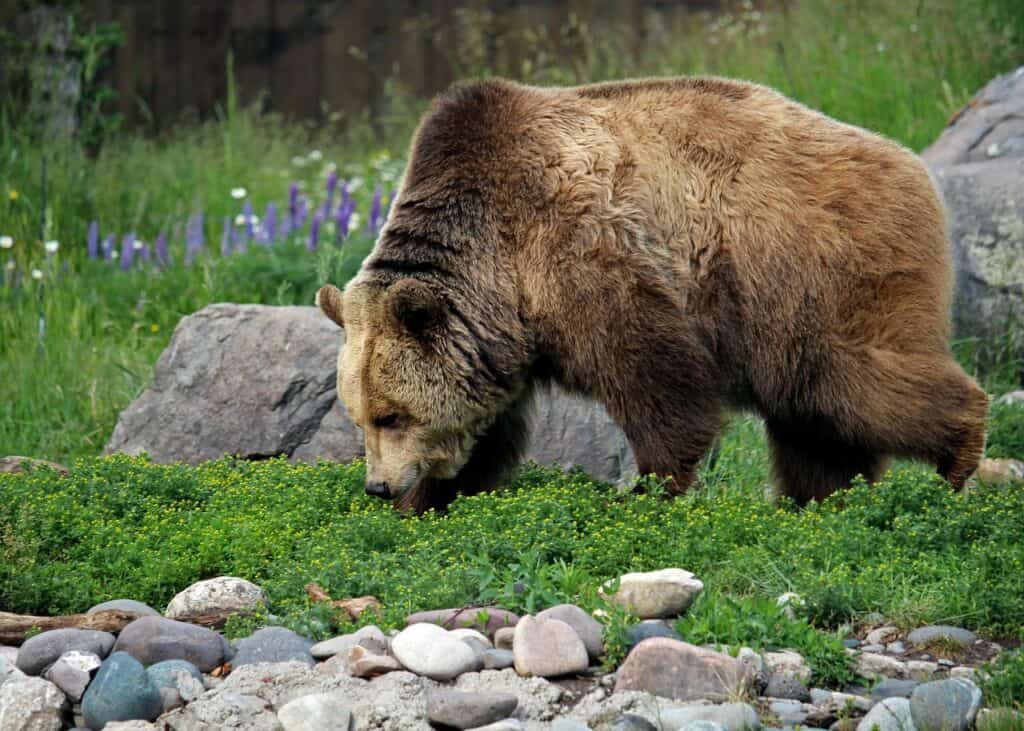
Alaska stands as America’s wild frontier, offering hunts for moose, caribou, Dall sheep, and grizzly bears. Seasons vary by game and region, typically from August through October. The state supports roughly 200,000 moose and 750,000 caribou, drawing global travelers. Nearly 90% of Alaska’s land is public, offering unparalleled access. Success rates hover around 25% for big games. Hunters often require floatplanes, guides, or bush camps, turning each expedition into an unforgettable test of endurance and self-reliance.